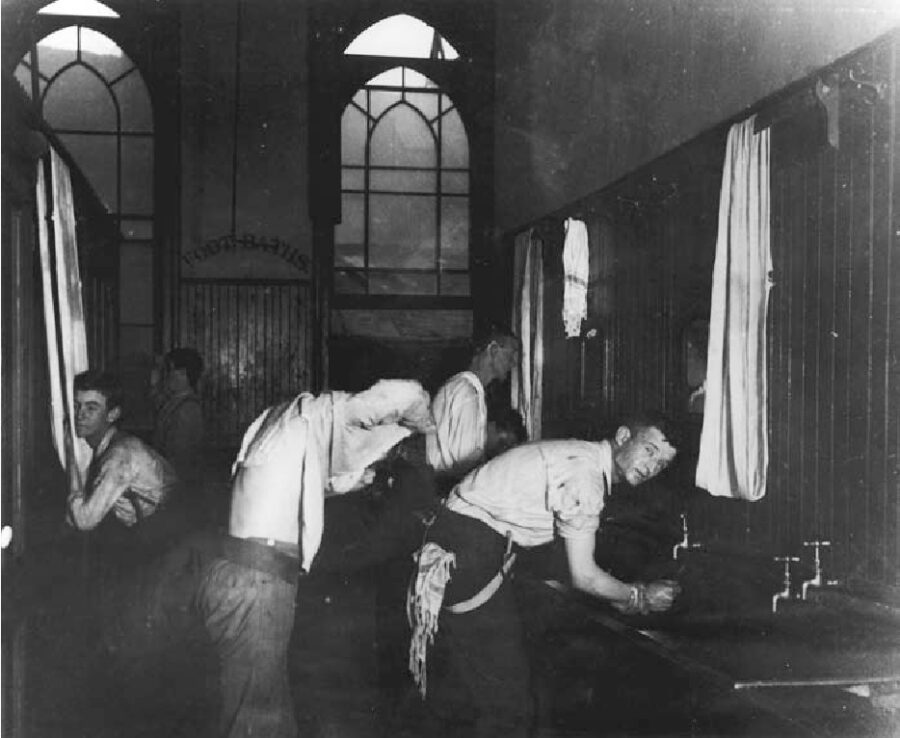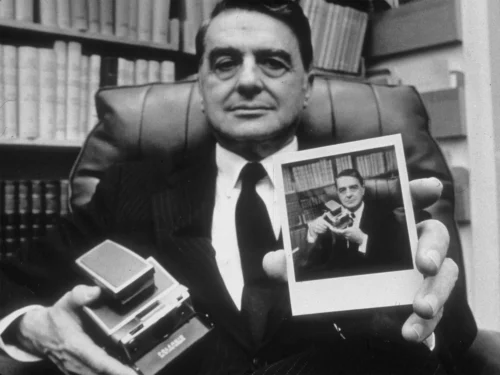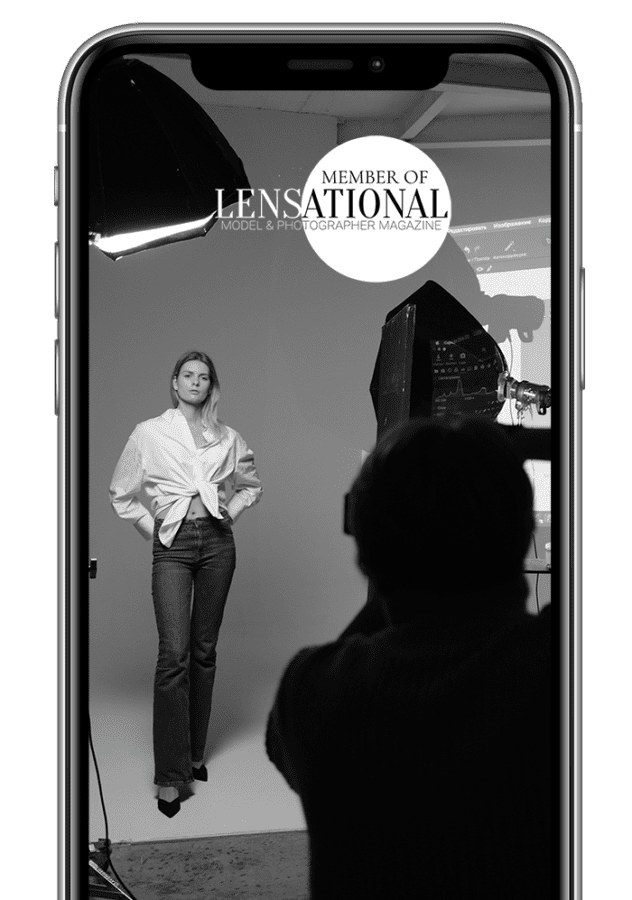I have always been fascinated by the power of images to tell stories and capture moments in time. One photographer whose work has had a profound impact on me is Jacob Riis, whose photographs of life in New York City’s slums in the late 19th century continue to resonate today. In this article, I will explore the life, work and focus on his most famous book: Jacob Riis How the Other Half Lives, and the impact it had on society.
- Introduction to Jacob Riis and his work
- The Other Half: Riis’ portrayal of life in New York City
- Riis’ photography techniques and equipment
- The impact of Riis’ photographs on society
- Criticisms of Riis’ work
- Riis’ legacy and influence on documentary photography
- The relevance of Riis’ work in modern society
- Exhibitions and collections of Riis’ photographs
- Resources for learning more about Jacob Riis and his work – FREE PDF DOWNLOAD
- Conclusion
Introduction to Jacob Riis and his work
Jacob Riis was born in Denmark in 1849 and immigrated to the United States in 1870. After a period of struggle and poverty, he became a police reporter for the New York Tribune and later worked for the Evening Sun.
In his reporting, Riis witnessed firsthand the appalling conditions in which many of New York’s poorest residents lived. He began to use photography as a way of documenting these conditions and drawing attention to the plight of the city’s underprivileged.
The Other Half: Riis’ portrayal of life in New York City
Riis’ most famous work is the book ‘How the Other Half Lives,’ which was published in 1890. The book is a powerful and disturbing portrayal of life in New York City’s slums, with photographs accompanied by Riis’ descriptions of the living conditions and the struggles faced by those who lived there.
The images are stark and unflinching, showing overcrowded tenements, unsanitary living conditions, and the desperation of those who were trapped in poverty.
What makes Riis’ work so powerful is the way he combines images with text to tell a story. His photographs are not just pictures of poverty; they are part of a larger narrative, one that highlights the social and economic factors that contribute to the suffering of the city’s poorest residents.
Riis’ photographs are a call to action, urging viewers to take notice of the injustice and inequality that existed in their own city.
Riis’ photography techniques and equipment
Riis used a variety of photographic techniques and equipment to capture his images.
One of his most innovative techniques was the use of flash photography, which allowed him to take pictures in the dark, cramped spaces of the tenements where his subjects lived. This was a significant breakthrough in photography, as it allowed for more realistic and detailed depictions of indoor spaces.
Riis also experimented with different types of cameras and lenses, using a wide-angle lens to capture the cramped conditions in the tenements and a telephoto lens to capture distant scenes.
He was also skilled at composition, using leading lines and other techniques to draw the viewer’s eye to the most important elements of the image.
The impact of Riis’ photographs on society
Riis’ photographs had a profound impact on society, both at the time of their publication and in the years that followed. They helped to raise awareness of the living conditions in the city’s slums and to push for reforms that would improve the lives of the poor.
Riis’ work was instrumental in the passage of housing and labor laws, and his photographs continue to be used as a tool for social change today.
One of the most significant impacts of Riis’ work was the way it changed the public’s perception of poverty. Before ‘How the Other Half Lives,’ poverty was often seen as a personal failing, something that was the result of laziness or moral weakness.
Riis’ photographs showed that poverty was a systemic issue, one that was the result of social and economic factors beyond the control of individuals. This shift in perception helped to pave the way for a more compassionate and progressive approach to poverty and social justice.
Criticisms of Riis’ work
Despite the impact of Riis’ work, it was not without its critics. Some accused him of exaggerating the conditions in the slums and using his photographs to manipulate public opinion. Others criticized his focus on the poor and argued that he ignored the contributions of the middle and upper classes to society.
While these criticisms have some merit, they miss the larger point of Riis’ work. His photographs were not meant to be a complete or objective representation of life in New York City; they were a call to action, a way of drawing attention to the suffering of those who had been ignored or marginalized by society.
Riis’ work was not perfect, but it was an important step towards greater social awareness and justice.
Riis’ legacy and influence on documentary photography
Despite the criticisms of his work, Jacob Riis’ legacy in documentary photography is secure. He was one of the first photographers to use images as a tool for social change, and his work helped to establish the field of documentary photography as a legitimate and powerful form of visual storytelling.
Riis’ influence can be seen in the work of later photographers such as Dorothea Lange, who used photography to document the struggles of migrant workers during the Great Depression, and Gordon Parks, who used his camera to shed light on the experiences of African Americans during the civil rights movement.
Riis’ work was a pioneering effort that paved the way for a new generation of socially conscious photographers.
The relevance of Riis’ work in modern society
While the conditions of poverty and inequality have changed since Riis’ time, his work remains relevant today. The issues of social justice and economic inequality are still with us, and the power of photography to tell stories and inspire change is as strong as ever.
In recent years, photographers such as Matt Black and LaToya Ruby Frazier have continued the tradition of using photography as a tool for social change, documenting the struggles of marginalized communities and drawing attention to issues that are often ignored by mainstream media.
Riis’ work remains a powerful example of the potential of photography to create social change and inspire empathy and understanding.
Exhibitions and collections of Riis’ photographs
If you are interested in learning more about Jacob Riis and his work, there are many resources available.
The Museum of the City of New York has a collection of Riis’ photographs, and the Tenement Museum offers tours that explore the history and culture of New York’s immigrant communities.
There are also many books and documentaries that explore Riis’ life and work, including the PBS documentary ‘The American Experience: The Rise and Fall of Penn Station,’ which features interviews with historians and experts on Riis’ work.
Resources for learning more about Jacob Riis and his work – FREE PDF DOWNLOAD
If you want to learn more about Jacob Riis and his work, there are many resources available online. The Library of Congress has a collection of Riis’ photographs, and the New York Public Library has a digital collection of his work.
There are also many books and articles that explore Riis’ life and work, including his own book, ‘How the Other Half Lives’ which you can download below for free.
Conclusion
Jacob Riis was a pioneering photographer who used his camera as a tool for social change. His photographs of New York City’s slums are a powerful and disturbing portrayal of poverty and inequality, and his work helped to inspire reforms that improved the lives of the city’s poorest residents.
Riis’ legacy can be seen in the work of later photographers who have used photography to document social injustices and inspire change. His work remains relevant today, and his photographs continue to be a powerful reminder of the need for social justice and compassion in our society.





